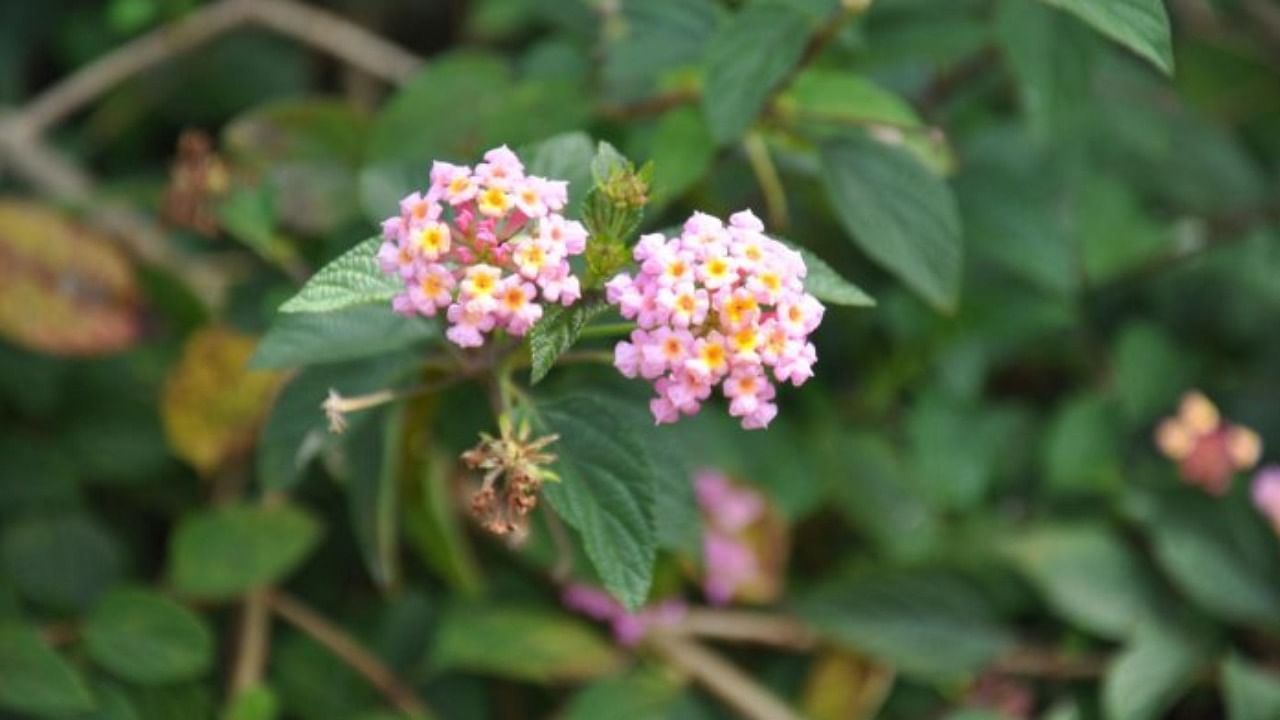
Lantana camara, popularly called Lantana, one of the most invasive species of shrubs of South American origin, has emerged as the biggest threat to flora and fauna in the country. Lantana, which was brought to India about 200 years ago as an ornamental plant, has over the years invaded the forests and now covers over 40% or 1.5 lakh sq km of tiger reserves. Known as the forest killer, it threatens the ecological food chain as it replaces the pastures of herbivores by hindering the growth of native vegetation. Animals also do not prefer to live in such areas as the dense, impregnable shrubs obstruct their free movement. While dried Lantana is often responsible for the quick spread of forest fires, the thick shrubbery also comes in the way of conservation activities as they hamper patrolling. It is thus heartening that the Karnataka government, undeterred by the unsuccessful attempts in the past, is once again attempting to remove the shrub from the forests of Bandipur, Biligiri Ranganathaswamy hills and Nagarahole, in a phased manner. Three companies have expressed interest in the project and the demonstration at Bandipur tiger reserve where 60% of the forest is covered with Lantana, has shown encouraging results. However, given that all previous experiments have gone largely in vain, the government should realise that only a sustained campaign and not a one-time effort will ensure the success of this initiative.
The fight against Lantana does not just involve removing them from the root but quickly replacing them with palatable grasses to prevent other invasive species like parthenium from taking their place. This is both a laborious and time-consuming exercise that also demands constant surveillance for at least three years. Some time ago, the government had introduced a bug and a beetle that feed on Lantana, though there were concerns that they may consume other edible plants too. Not much is known about the result of this experiment and if it was successful, the government should consider this option as well.
The government should also involve tribals in the area in all its conservation efforts particularly in ensuring that forests remain Lantana-free. In 2005, some local tribes were trained by the Himalaya Environment Studies and Conservation Organisation (HESCO) to produce furniture and other products out of the Lantana stem which is an inexpensive alternative to bamboo. This should be scaled up, as a continuous source of income will serve as an incentive to the tribal population to complement the government’s own efforts. Only when the government and the stakeholders of the forests join hands, will there be a lasting solution.